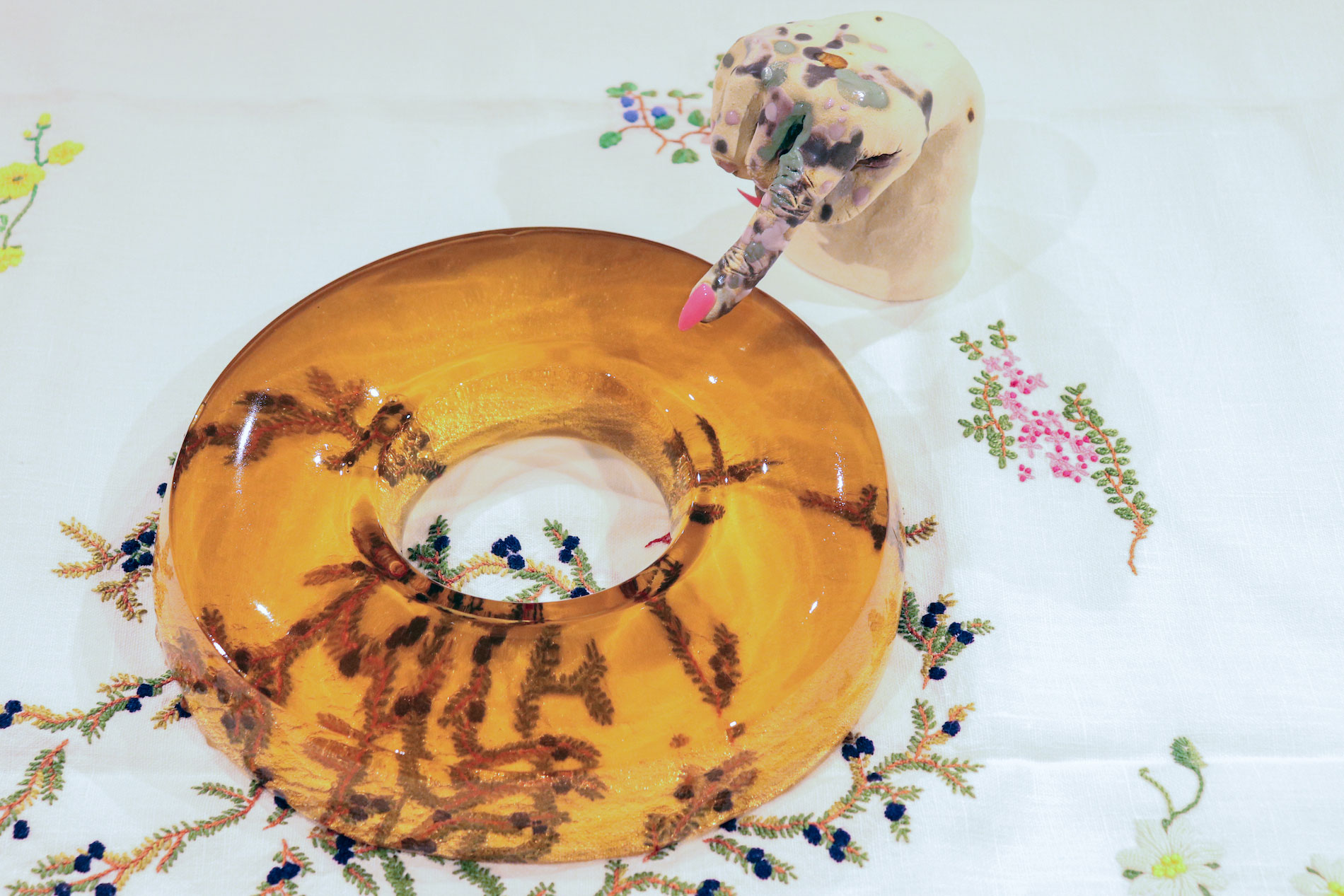
Stars are the flowers of our skies: The Wildflower

Stars are the flowers of our skies: The Wildflower
in conversation with Becky Forsythe and Penelope Smart
In The Wildflower, we’re transported into a disorienting horizon full of flowers, non-flowers, stones, glass and jelly. Bringing together artists and writers from Canada and Iceland, the exhibition questions, uncovers, and challenges various problems and possibilities surrounding nature, land, landscape, and what it means to those who dwell on it.
As I sink into thoughts about my personal relationship to both the Canadian and Icelandic landscapes, the initial parallels are clear. They both carry postcard-like perceptions of vibrancy. Large, open space, fresh air, and curiosity – from fjords and hot springs in Iceland, to great lakes and tall trees in Canada. They share northern geographies and similar flora. Contemplating the propositions that the show offered brought forward many questions. What is considered an Icelandic landscape, and what is considered a Canadian one? Whose perspectives are given space and whose voices are missing? Where do these stories intersect, and where do they part?
This conversation with curators Becky Forsythe and Penelope Smart, much like The Wildflower itself, spanned countries, viewpoints, and time(zones). Generously offering a glimpse into their collective vision of the show and beyond, we spoke about traditional craft in contemporary spaces, what inclusion means, notions of past, present and future in landscape, as well as the added labour of distance.
Juliane Foronda: Your shared connection to nature is quite evident. What other interests or curiosities informed this show?
Becky Forsythe: Themes circulating nature are so vast and varied — and saying The Wildflower is solely grounded in nature only scratches the surface. Our intention was a layered exhibition, and first and foremost one about artists whose works are exciting, re-envision natural material, personal history, or land in new ways. This was sparked by an interest in reimagined craft-based practices as a way to narrow in on familiar, foreign, future landscapes and unfold the layers in those concepts. It is also quite natural for us to work with female artists spanning generations and most definitely emerging into their practices.
Penelope Smart: I think craft based practices have a lot to say to traditional visual art practices in a gallery. They are often connected to domestic skills or “women’s work”, and are now seen as something extremely alive in a contemporary art space.
BF: Arna weaves, but none are present in the show. She does however weave together preserved flowers in Untitled (2014). Her practice is very conceptual, and I am not sure that she would consider her practice craft-based. But her work stems from a long history of weaving and conceptual fiber sculpture in Iceland with people like Ásgerður Búadóttir (1920-2014), Hildur Hákonardóttir and G.Erla (Guðrún Erla Geirsdóttir), who have opened up the reading of “women’s work” in contemporary art since the fifties, sixties or seventies.
PS: As a curator who loves craft, there’s a powerful point in the idea of permission, responsibility and ownership. Craft can immediately connect you to a community that may or may not be your own, and you may or may not have permission into it. Where I am in northern Ontario, I think there are really generative experiences of how craft is connected to Indigenous communities, traditions, and other histories that you may not be trusted into just because you think it’s interesting. We were thinking about representations of nature in the future, and there is a paradox presenting works that connect to craft practices and traditions. That tension is consciously at play in this show.
BF: This tension in the exhibition plays with work elements that would be identified as craft-based, and how they appear in the artists’ work through other means. For example, Nína’s work, where she embroidered the tablecloth with local flora. This is a skill she acquired as a young woman, and she utilizes her skills, as any artist would, in conceptualizing an installation which is in some ways about the traditional practice of stitching, but reaches beyond that and into an atmosphere of cultural awareness.
JF: What was your motivation behind fostering this conversation between the Canadian and Icelandic landscapes, and why was this important to you?
PS: The idea of Iceland and Canada sharing latitudes and plant histories because of their geographies is something we were interested in. The work that was coming out of the studios in each of these places were often related to each other, especially between Newfoundland and Iceland. There’s so much more research that can be done, we’ve just skimmed the surface.
JF: Both Iceland and Canada have strong and specific overarching narratives around what it means to belong to, represent and live on these lands. Many of these narratives surround notions of home, heritage, legacy and access. Are varying perspectives and experiences, such those from the many refugees and immigrants who also inhabit these lands represented in The Wildflower?
PS: I don’t know if all those views are represented. The artists included in the show from Canada and the North are Indigenous, mixed ancestry, or white and/or of European descent, and are drawing from their own experience. I’m okay with someone pointing out that there are people and stories missing from the show, because that’s definitely true and for me, isn’t a reason to feel like the show fails in terms of a show that’s thinking about landscape. If The Wildflower does play a part in bringing up conversations about what’s lacking, where stories are missing about the experience of landscape, or what it means, if anything, to talk about flowers in a northern landscape, that’s great. These conversations are hard, but they’re important.
BF: The view we present is not a universal vision of land or landscape, but an act to deconstruct or counter or address imbalance in contemporary conversations on the topic. The exhibition itself wasn’t so much about transporting the experience of Canada here, or matching it to the experience of Iceland, but about creating a dialogue where questions would arise. Break up out-dated representations, I would say, and present a new potential for landscape. There are experiences that are missing, and that is okay, this is just one open possibility gathered from many voices.
 Installation view with Jón Gunnar Árnason, Blómið, 1967, The Wildflower, Hafnarborg 2020. Photo: Kristín Pétursdóttir
Installation view with Jón Gunnar Árnason, Blómið, 1967, The Wildflower, Hafnarborg 2020. Photo: Kristín Pétursdóttir
 Asinnajaq, Where you go, I follow, 2020, digital photograph on polysheer. Photo: Kristín Pétursdóttir
Asinnajaq, Where you go, I follow, 2020, digital photograph on polysheer. Photo: Kristín Pétursdóttir
 Katrina Jane, Tools of Being, 2020, Portuguese marble. Photo Kristín Pétursdóttir
Katrina Jane, Tools of Being, 2020, Portuguese marble. Photo Kristín Pétursdóttir
 Leisure, Narrative no. 9 (cotton grass, berry hand, summer 1943 on Bonavista Bay and women picking berries on the barrens 1912-15/2016), Narrative no.13, 2017, photo montage and Invisibility Cloaks, 2020, haskap, blueberries and cranberries on canvas. Photo: Vigfús Birgisson
Leisure, Narrative no. 9 (cotton grass, berry hand, summer 1943 on Bonavista Bay and women picking berries on the barrens 1912-15/2016), Narrative no.13, 2017, photo montage and Invisibility Cloaks, 2020, haskap, blueberries and cranberries on canvas. Photo: Vigfús Birgisson
JF: Is nature and/or land(scape) inclusive?
BF: The way that nature’s been handled is not inclusive. I guess it depends on who is telling the story? Whose nature is it? And who has access? But if you think about this in the environmental or cultural context, then nature has been misused in a way that’s not inclusive at all and has kept certain cultures, genders and races repressed.
PS: This is such a good question. I do think this comes up in the sense of nature as a resource. And who has access to it. In the exhibit, there’s the idea of nature as a resource related to different histories and in terms of the materials themselves, the view of nature as something that gives or has given, and gives innately, and how we take.
JF: While this collaboration was always planned to have an element of long distance to some capacity, you came across many unexpected challenges due to COVID-19. Can you talk a bit about the obstacles, joys, added labour and findings that came from this?
BF: The long distance nature of our collaboration meant the transition into the reality of COVID-19 just happened. We had worked in a lot of research and preparation that would take place onsite in Iceland, that was affected quite early on and became impossible. We pivoted in this new vulnerability, like colleagues, exhibitions, museums and galleries everywhere are currently doing, and found new approaches. This transformed our selection of work, but also pushed us, in a good way, to reconsider the place of our work in the field.
PS: It’s unfortunate that I wasn’t able to go to Iceland. At times it felt like constantly asking do we cancel this? became the work. But this was happening for everyone. I often felt like I couldn’t do my fair share because I wasn’t physically there. It didn’t change how the show went for me in the end, as it looked exactly how it would have if I had been able to be there. It makes me excited for the next thing we get to do together.
BF: We were lucky that we walked into this with a consistent working practice, weekly meetings and reliable communication. Onsite/online, we weren’t only doing this long distance, but between time zones too. I really see the labour that went into this exhibition as balanced— whether conceptual, physical or intellectual. It was heartbreaking that Penelope couldn’t be here, because we had organized to a certain extent, but also left room to respond together in the space once we were in it, and we really didn’t get to experience that. That’s an exciting part for me to really feel works in the space, get in there and respond.
JF: (How) will this collaboration exist after this exhibition is over?
BF: I think we did walk into it with the idea that this project, and at least the beginnings of this research extend into something beyond. Our list of artists, contributors and writers was so huge. We definitely couldn’t include everyone that we wanted to in The Wildflower, and that leaves us with exciting research to continue. The fact that we’ve survived this massive exhibition at this time, long distance – across countries and with COVID, it’s left me really excited to attempt something new. Whether that’s realised as an exhibition or another format, it’s still up in the air. There’s still a lot that we haven’t unpacked and it’s about finding the right time for those things to happen.
PS: The ways that we experience and engage with art are shifting. It’s no longer about getting on a plane to do research and studio visits, and a lot more art is now happening outside of traditional gallery settings. This means that we have to think about how our work as curators can continue to be of value to audiences moving forward. I’m interested and learning how to talk about land, how to belong to it and where I belong, what does belonging actually translate to, how does history play out in a landscape, how do you claim it or not, and how do you revisit yourself in land. I want to be able to work with artists who are looking at these questions.
——————
Following my question about if nature and landscape was inclusive, Penelope posed a series of questions back at me. She asked how inclusivity feels, where it lives in the body, and what emotions are present when we talk about if nature is inclusive. These questions in relation to my personal relationship with land and nature have been circulating in my headspace since being asked, and I will likely continue to sit in the reality of these thoughts for some time.
I immediately thought of my family’s first winter in Canada, and the small toboggan (sled) my parents got us so we could all play in the snow. I thought of the first time I realised I didn’t know how to ice skate or ski like most of the kids at my primary school could, who were predominantly of white settler-colonial descent. I also remembered my first trip to a friend’s cottage in my teens, and how they taught me how to canoe at sunset. My thoughts also fall back to listening to my father tell me stories throughout my childhood about his rural village in the northern region of the Philippines – stories of mango trees, being showered by the warm tropical rain, playing with spiders, stones and banana leaves, and about how bright the stars were at night. This landscape is completely opposite to the one I grew up in and is one that I barely know myself, but I feel inherently connected to it from these stories that have been told and retold to me over the years. I also thought about when I moved to Iceland, and how my body surrendered to the slow pace of the dark winter. I remembered the first time I saw the northern lights, and I can still hear the sound of the strong winter wind whistling through my window. I also often think of that soft pink light that peeks out around February, which breaks the darkness and makes the whole landscape seem to glow in silence for a few moments.
These thoughts and memories led me to realise that experiences with/in nature and landscape often carry multiple markers or milestones that reveal how much you conventionally belong or fit in. This is particularly true for lands where nature and landscape are deeply interwoven into culture and cultural norms, such as in Iceland and Canada. It’s a curious place, where nature mixes with culture and its conventions, making clear that nature often exists as a refuge or pleasure for the systemically privileged, while it is a border or boundary for many others. The very specific narratives placed around land and landscape affects people’s psyche and their sense of belonging. It also brings up the notion of nature as legacy – what you pass down and leave behind. I often wondered why my father’s village feels so emotionally familiar to me, and I’ve come to realise that knowledge and histories can transcend time and physical space through the radical care of sharing one’s skills, experience and stories with others.
In an attempt to answer Penelope’s questions, inclusion and exclusion, for me, lives in the space(s) between my tear ducts and my chest. My lived experiences and the feelings they come with trigger a quickened pulse from my heavy heart, a tickle in my throat, a runny nose, and misty eyes. Nature exists in multitudes, and for me, can bring up feelings of wonder while often being laced with a mix of gratitude, guilt, clarity and confusion. I like to think of my relationship with nature as a private one in a public space; it’s complex, changing and challenging, and it’s the only one of its kind that I’ll ever know.
This conversation exists in two parts, with the other being on Femme Art Review.
The Wildflower, Villiblómið, was exhibited at Hafnarborg – Centre of Culture and Fine Art (Hafnarfjörður, IS) between August 29 – November 8 2020.
Artists included: Arna Óttarsdóttir, Asinnajaq, Eggert Pétursson, Emily Critch, Jón Gunnar Árnason, Justine McGrath, Katrina Jane, Nína Óskarsdóttir, Leisure, Thomas Pausz, Rúna Thorkelsdóttir
Curated by Becky Forsythe and Penelope Smart
Becky Forsythe and Penelope Smart met at the Banff Centre for the Arts and Creativity in 2017. Their shared work is based in new and meaningful conversations about nature, materials and the feminine. The Wildflower is their first collaborative project.
Becky Forsythe is a curator, writer, and organizer in Reykjavík, Iceland. Penelope Smart is curator at Thunder Bay Art Gallery and writer based in Ontario, Canada.
Writer’s note of Land Acknowledgement:
For thousands of years, Tkaronto (Toronto) has been the traditional territory of many nations including the Mississaugas of the Credit, the Anishinaabeg, the Chippewa, the Haudenosaunee and the Wendat, and it is still home to many diverse First Nations, Inuit and Métis from across Turtle Island (North America). Tkaronto is covered by Treaty 13 with the Mississaugas of the Credit. I have lived on this land for the majority of my life, and it continues to significantly shape and impact my trajectory. I acknowledge and recognize the many privileges that I have because of immigrating to and having grown up on stolen land. I conducted this interview from Glasgow, Scotland, where I am currently based.
Penelope spoke to me from Thunder Bay, Ontario, located on the traditional territory of the Anishinaabeg, which is covered by the Robinson-Superior Treaty. She is grateful to live and work on the traditional territory of Fort William First Nation. Becky spoke to me from Reykjavík, Iceland. She acknowledges traditional territories of the Huron-Wendat, the Haudenosaunee, the Anishinaabeg, specifically Ojibway/Chippewa, the Odawa and Wahta Mohawk peoples whose presence on the land continues to this day, and where her time and experiences lived on this land continue to influence her person and practice.
Femme Art Review is based out of the traditional territory of the Anishinaabek, Haudenosaunee, Lūnaapéewak, and Attawandaron peoples (London, Ontario). Artzine is based out of Reykjavík, Iceland.
Cover picture: Nína Óskarsdóttir, The Feast (Veislan), 2020, mixed media, table cloth embroidered with Icelandic wildflowers and assorted beer jellies. Photo: Kristín Pétursdóttir


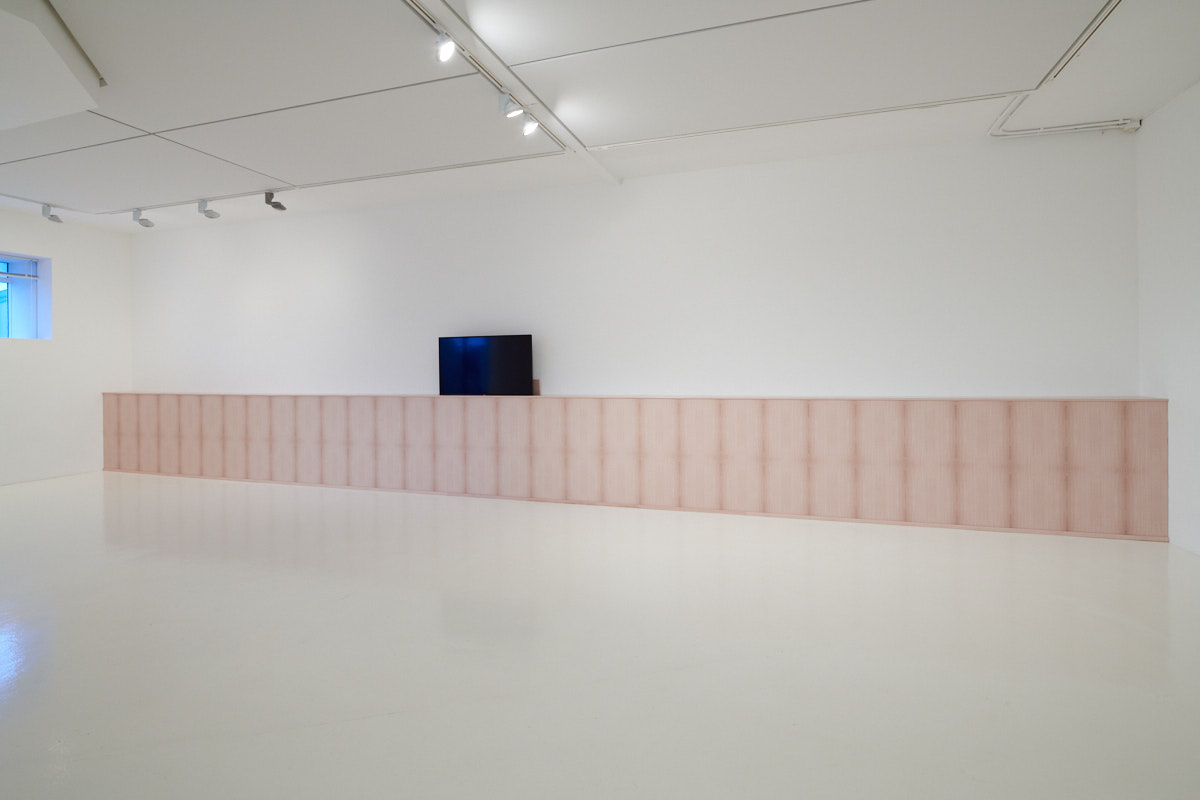 Vanishing Crowd, courtesy of the artist.
Vanishing Crowd, courtesy of the artist. Vanishing Crowd, courtesy of the artist.
Vanishing Crowd, courtesy of the artist.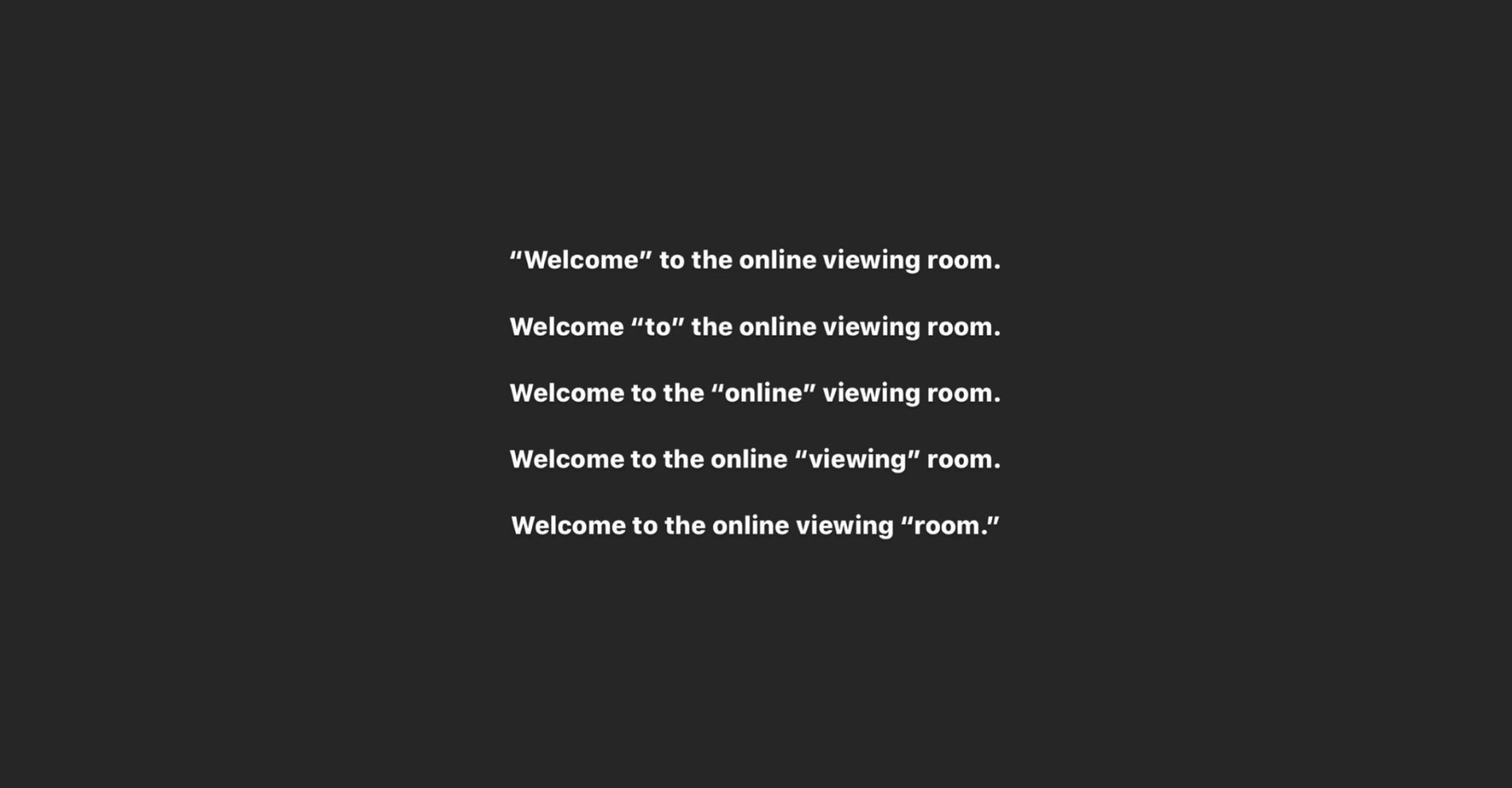
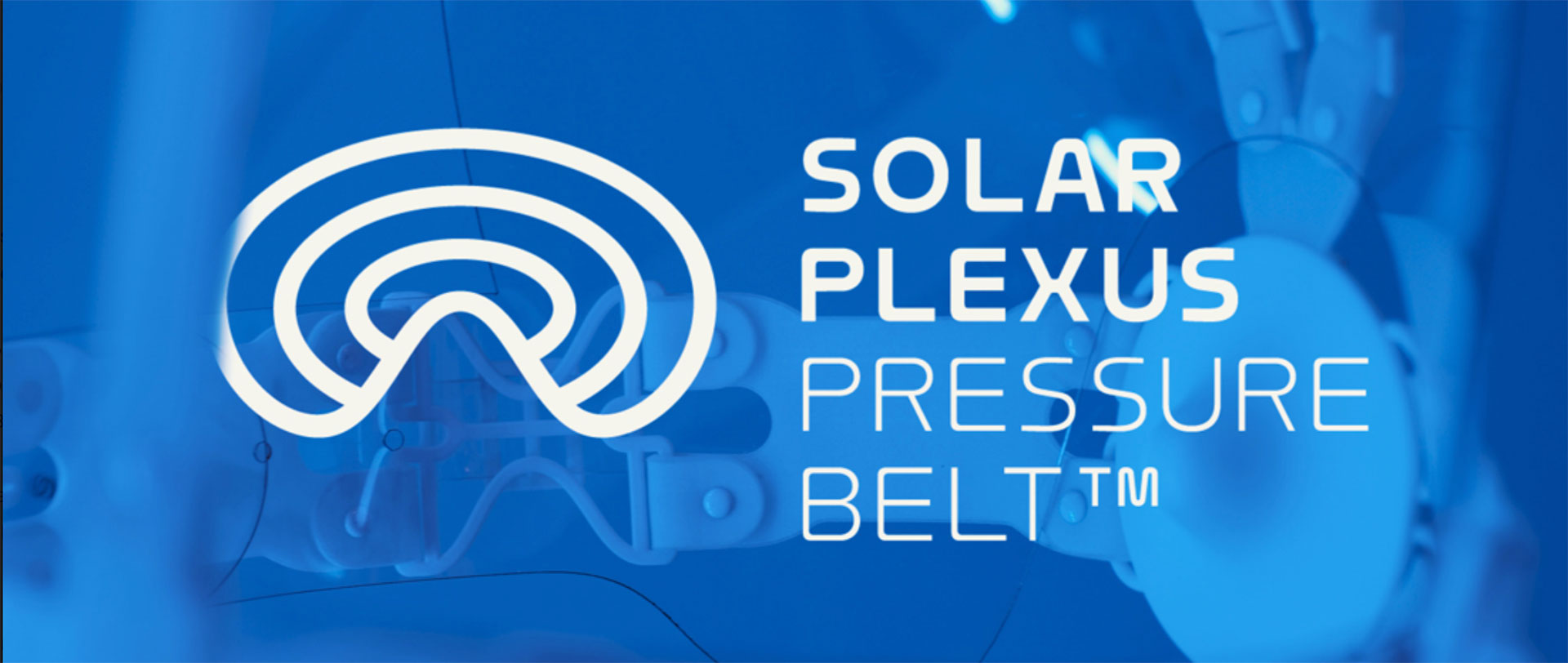
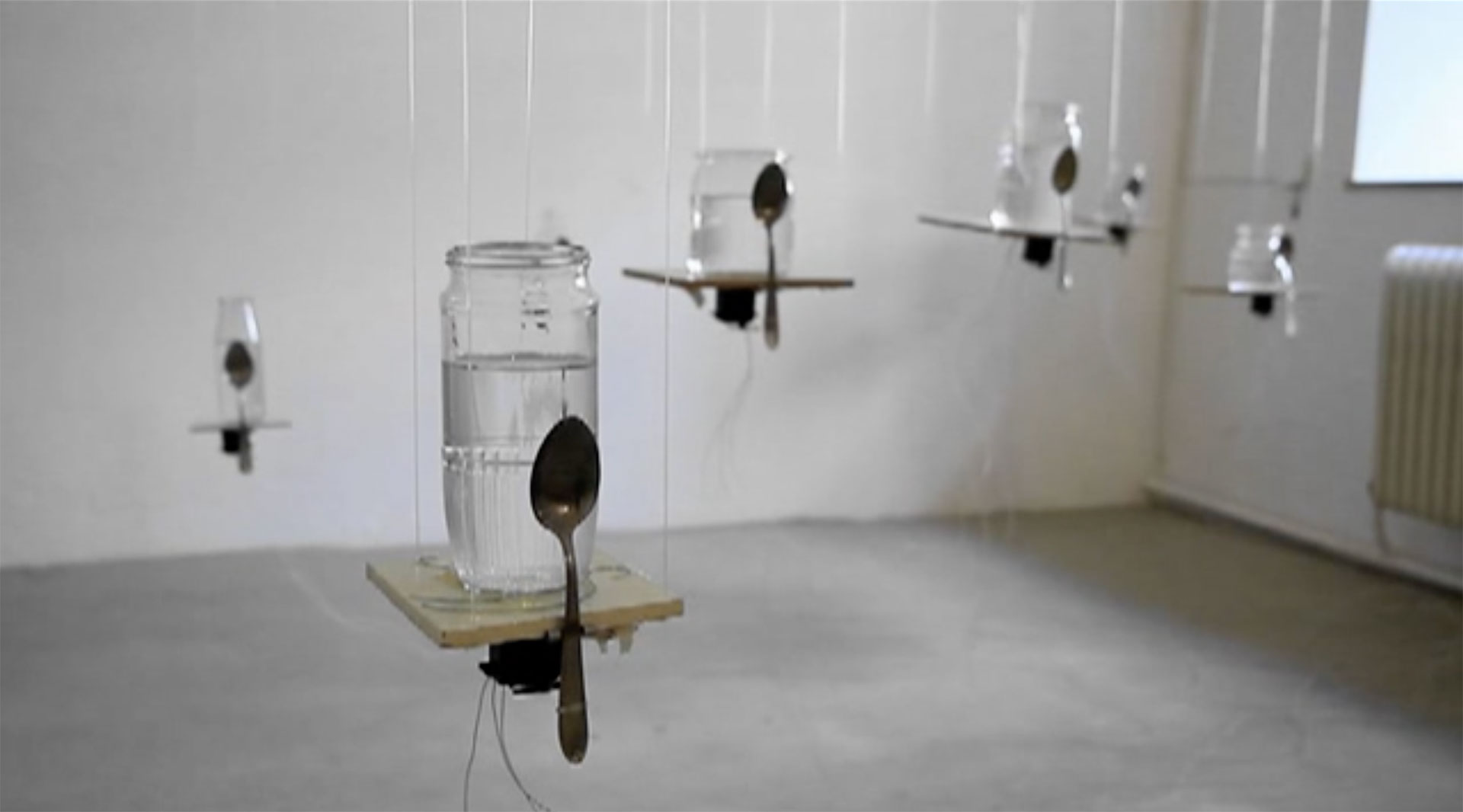
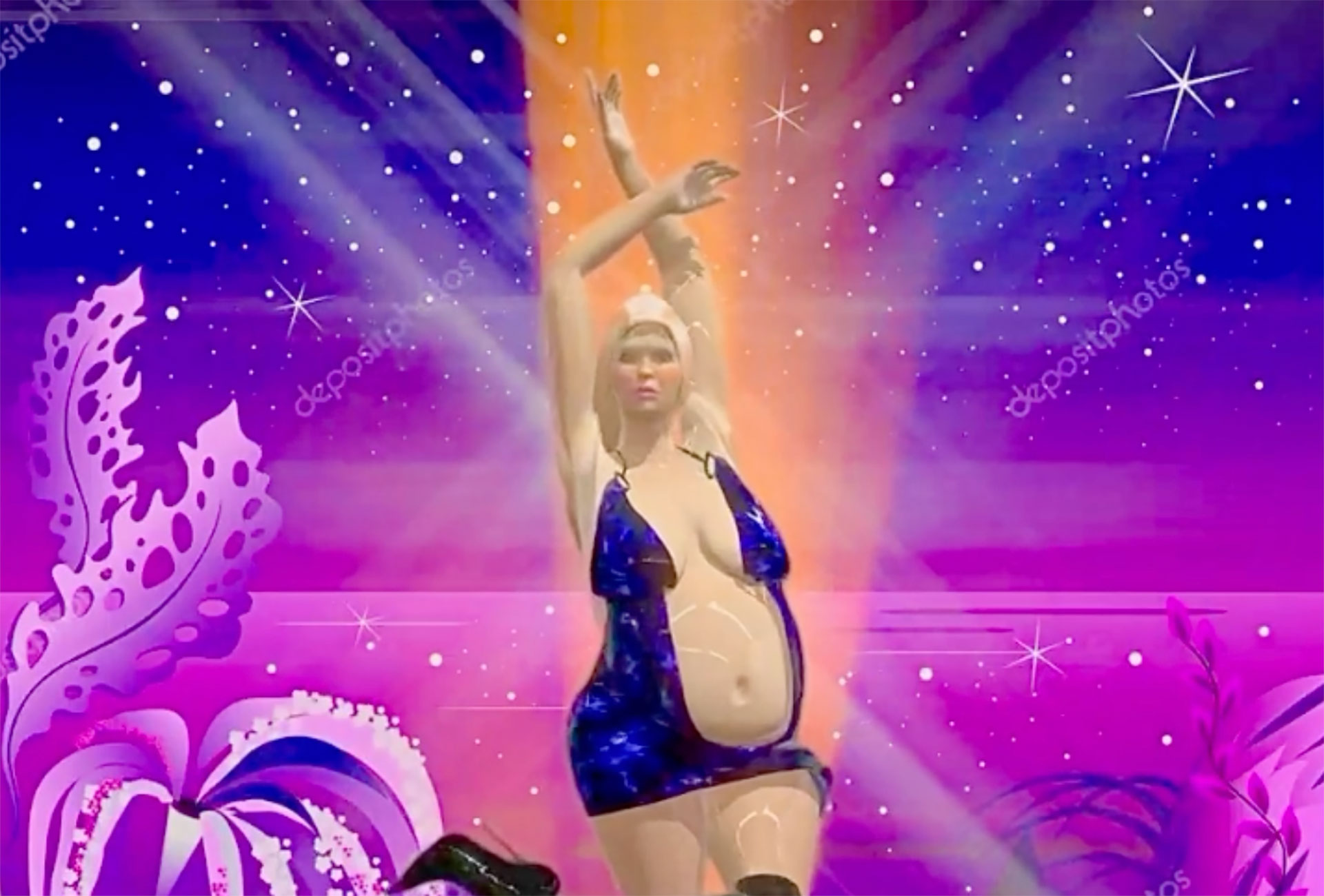

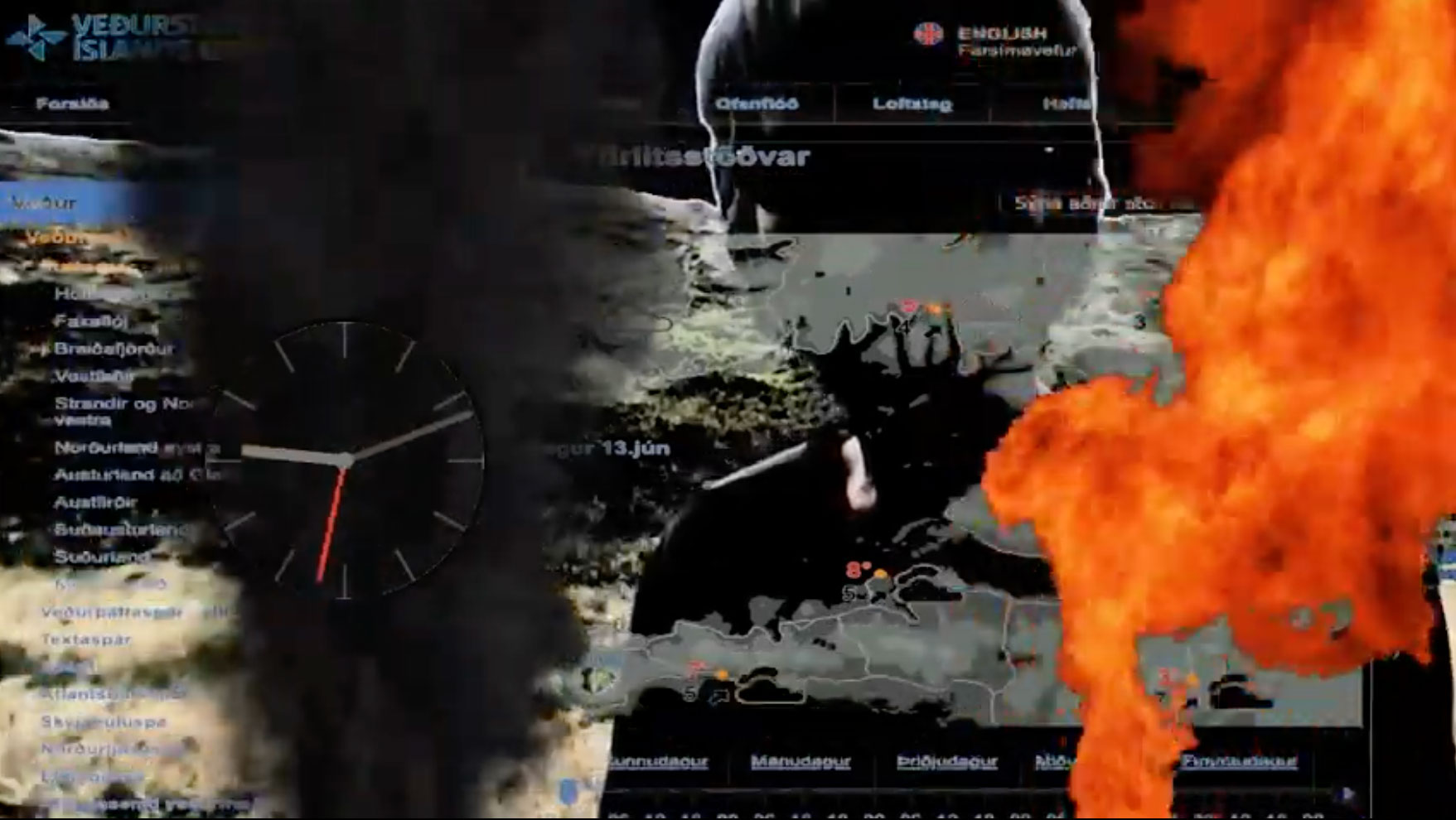

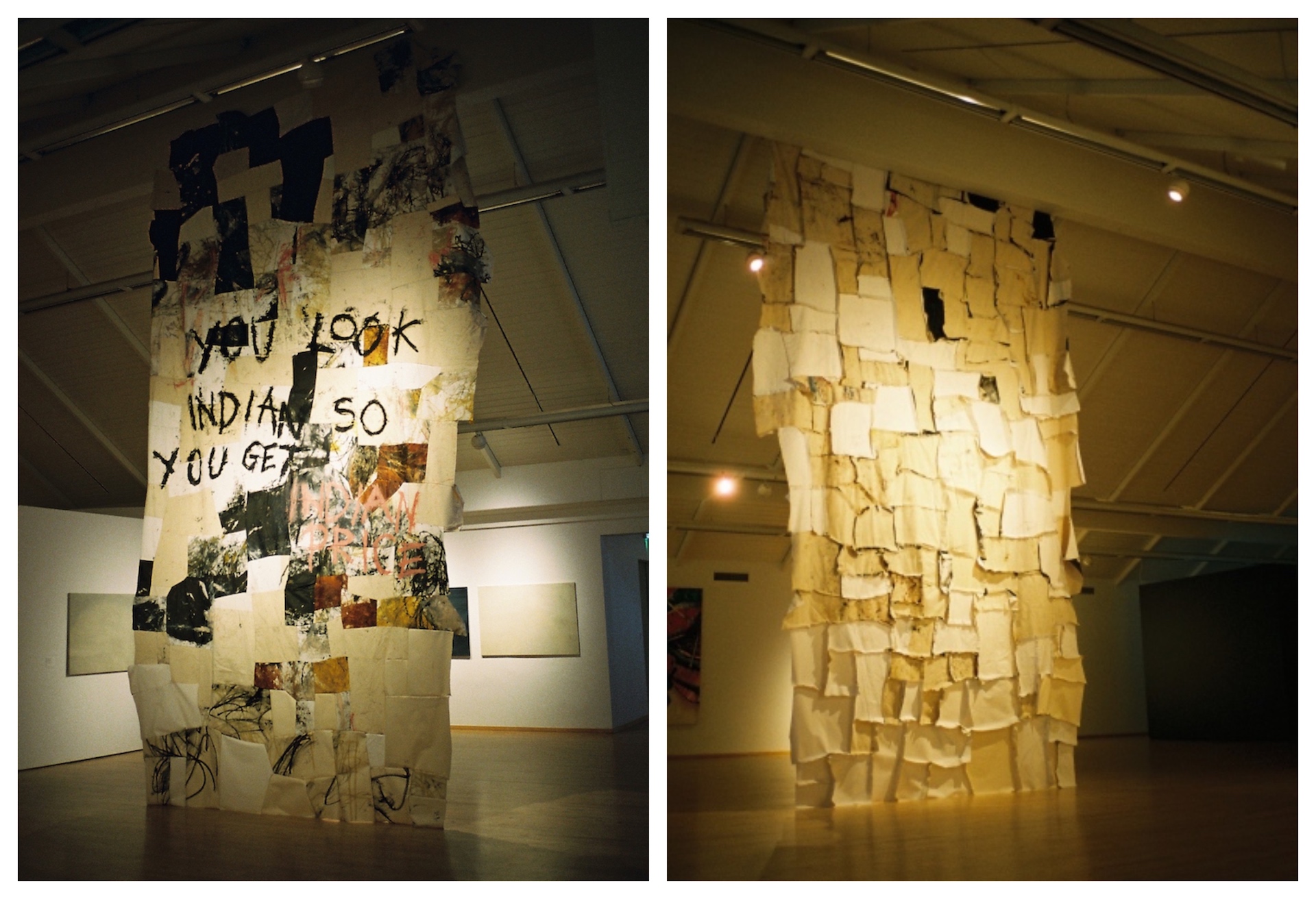
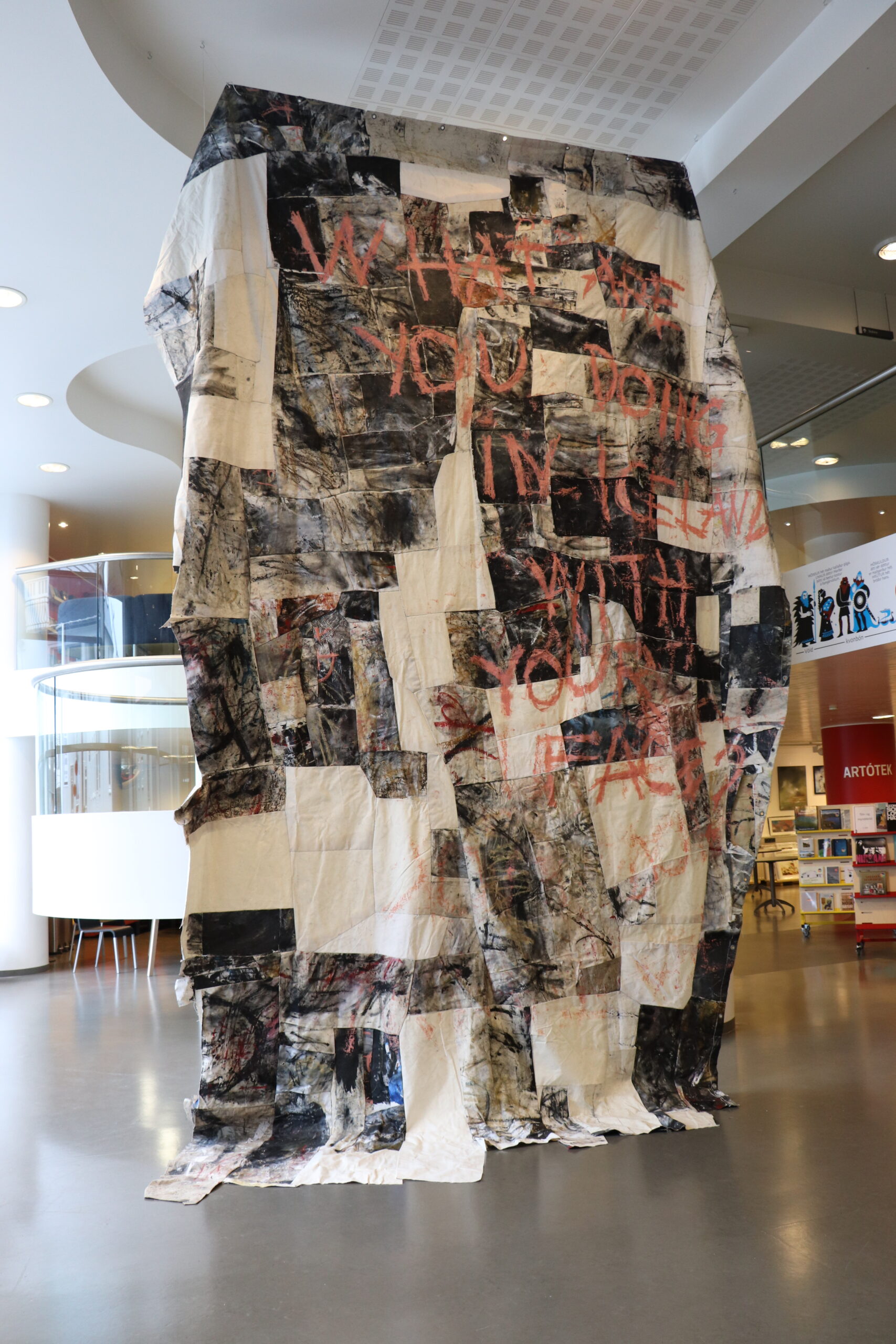

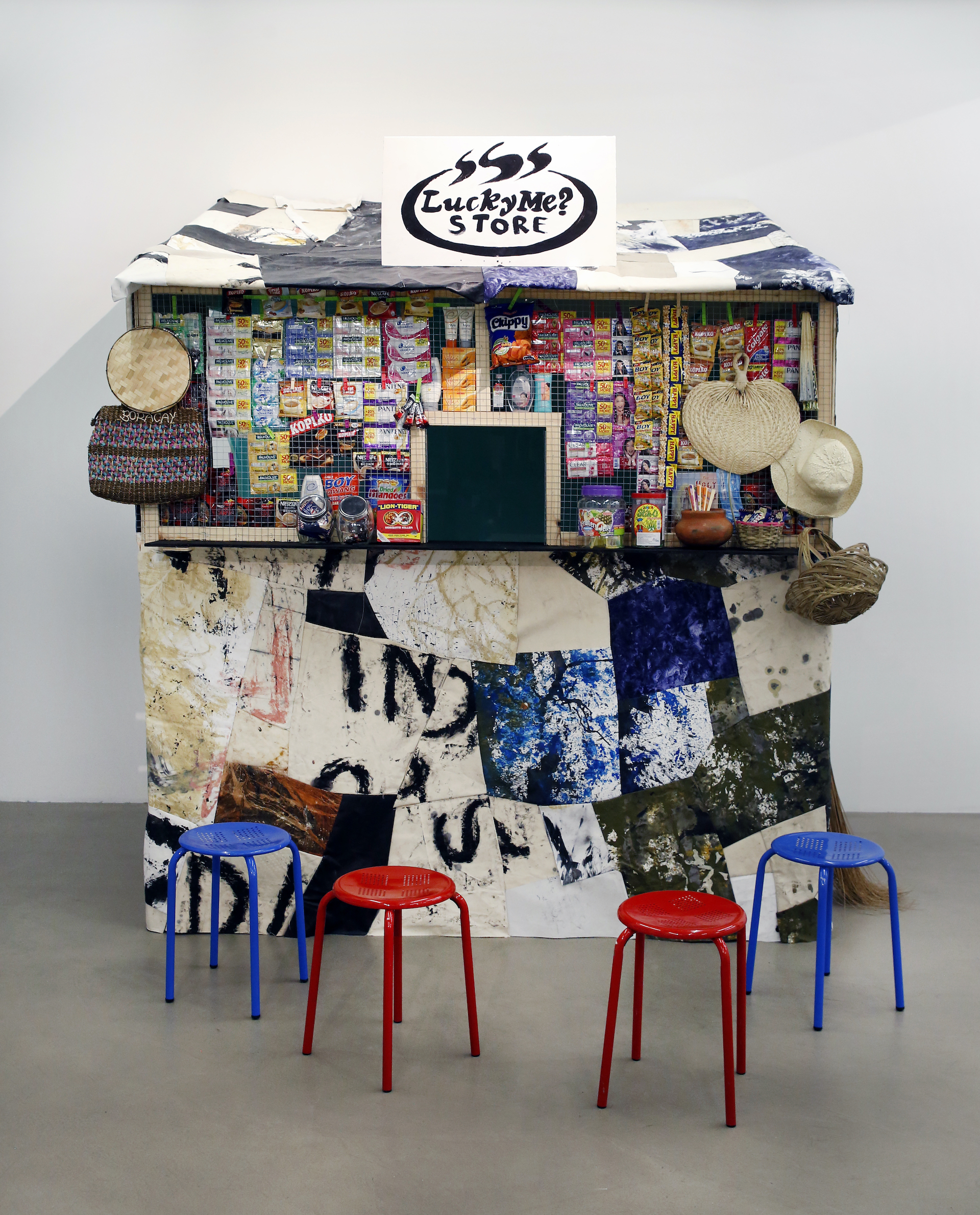

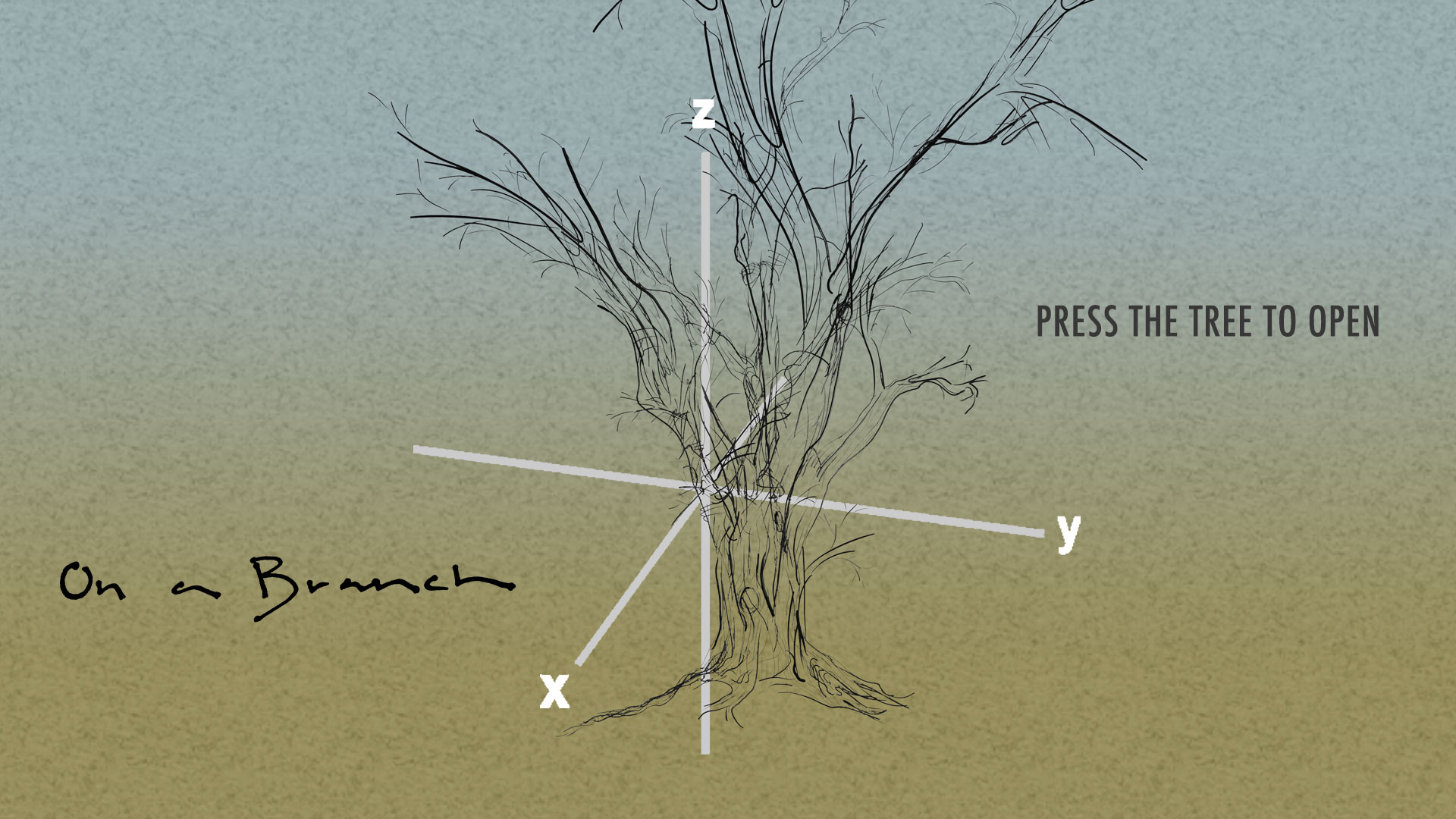
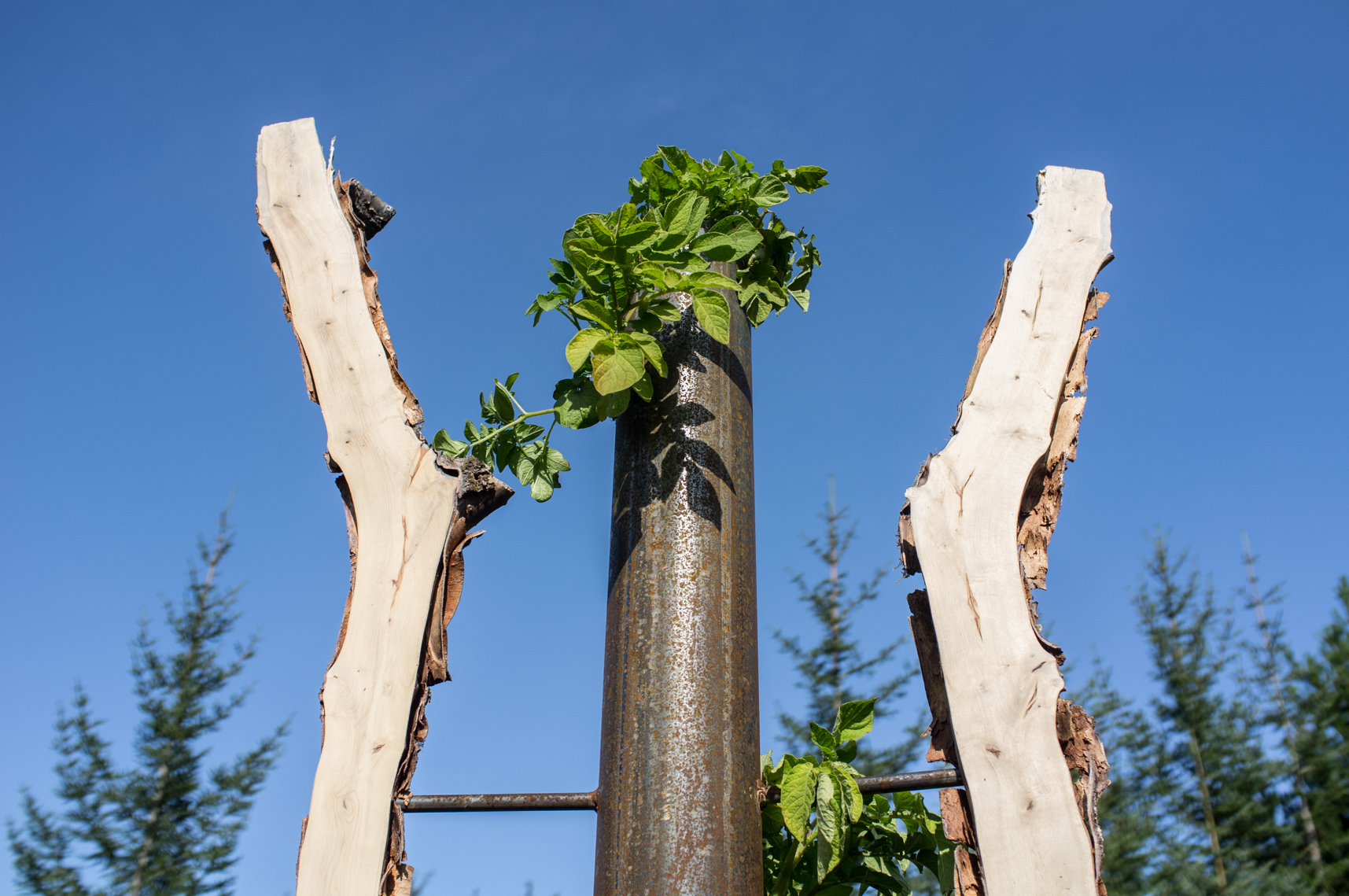
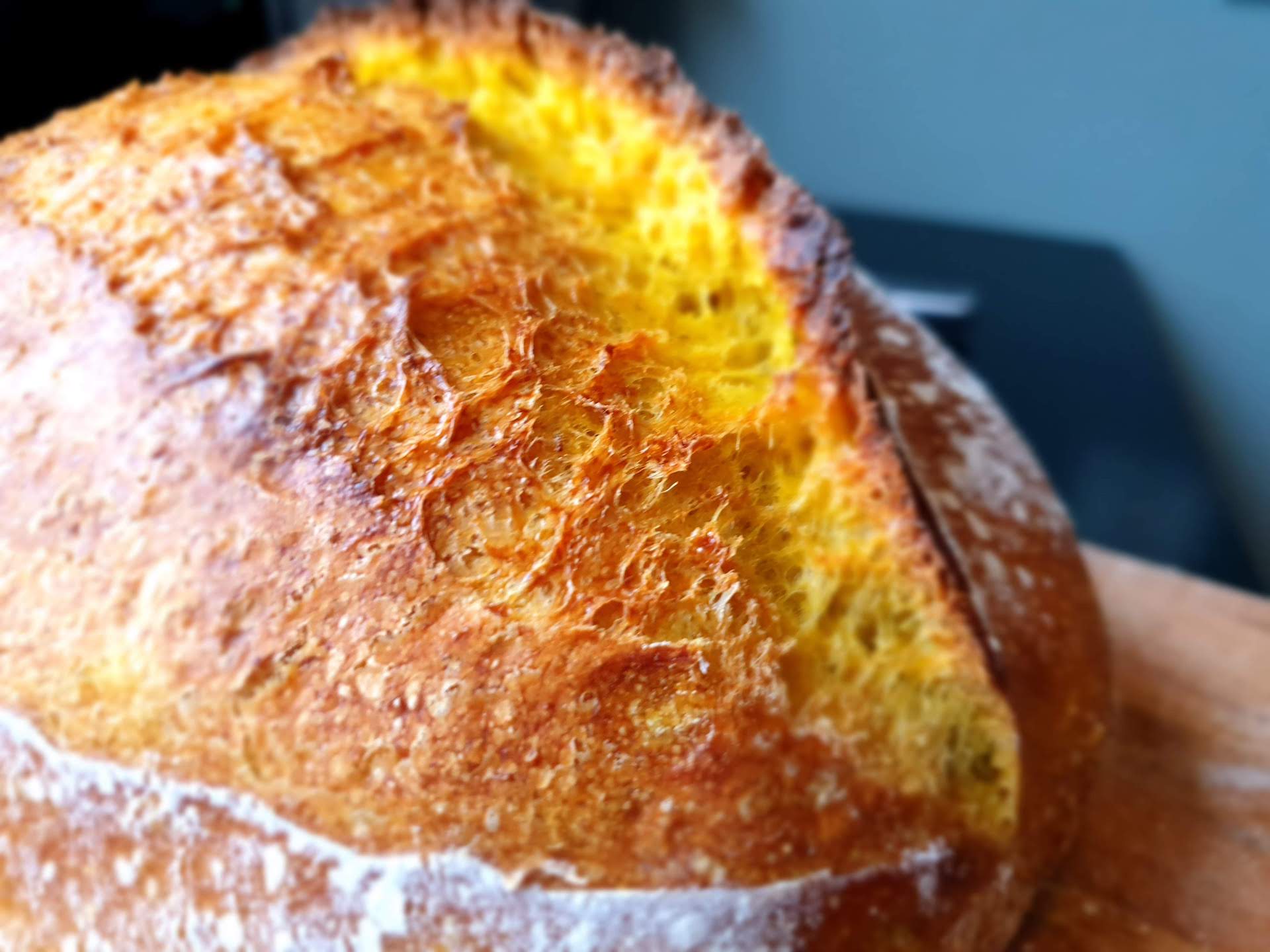 80% Manitoba Strong Flour, 20% Öland Flour, 78% Hydration, 2% salt, 4gr Turmeric, 30gr Sesame seeds.
80% Manitoba Strong Flour, 20% Öland Flour, 78% Hydration, 2% salt, 4gr Turmeric, 30gr Sesame seeds.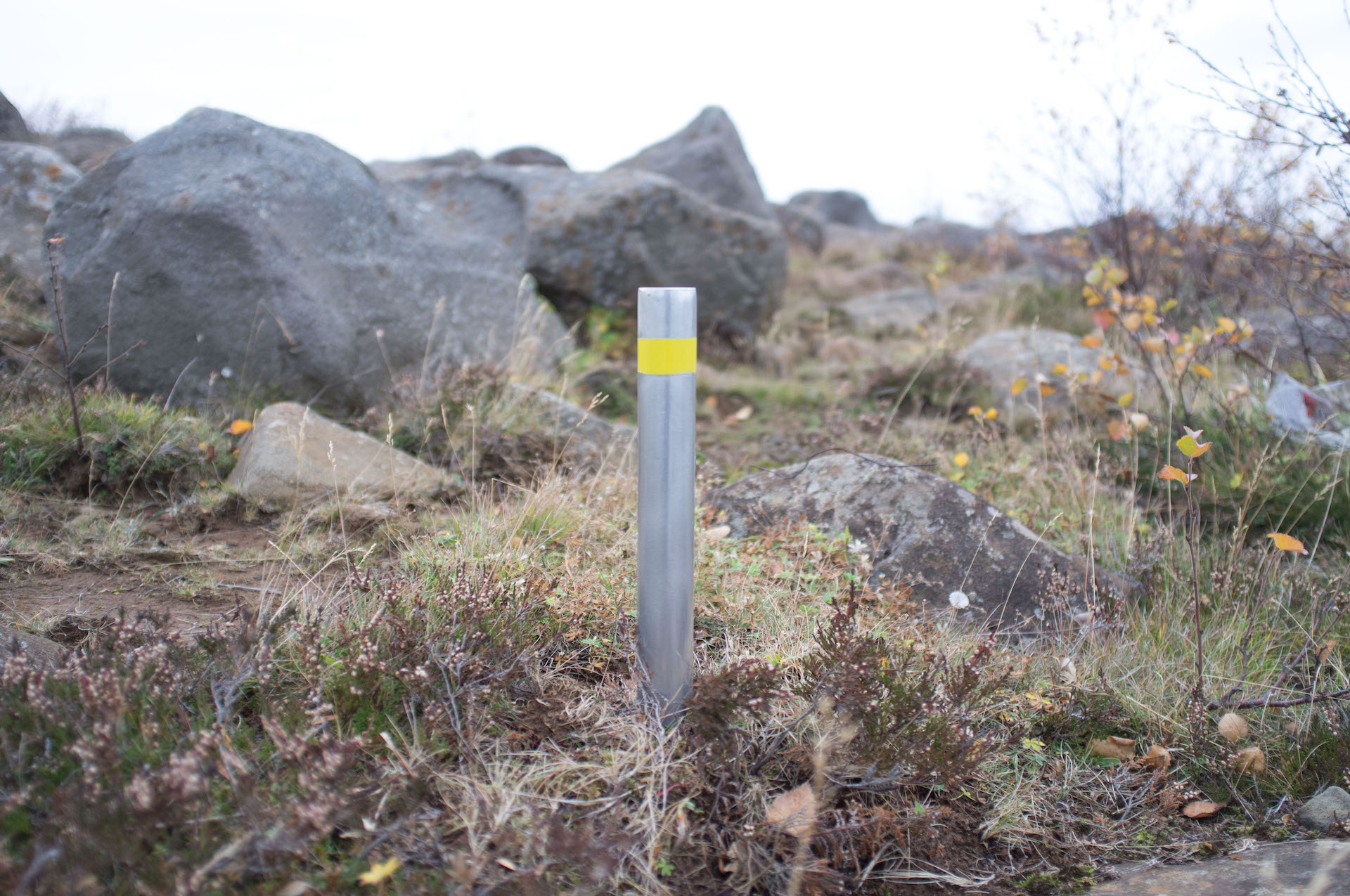 Signal (sunshine yellow), 2016.
Signal (sunshine yellow), 2016.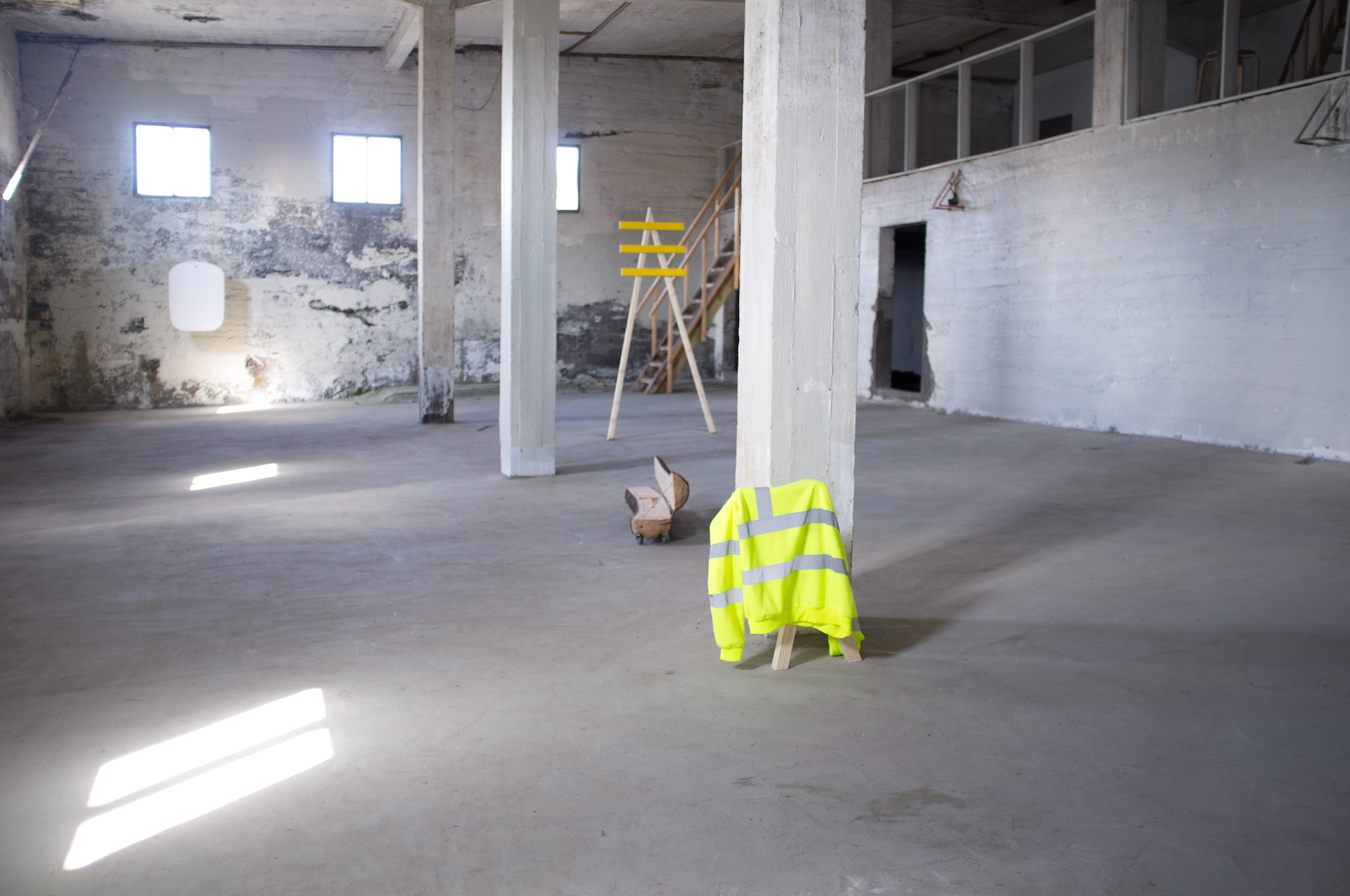 Axe, 2017. Installation view from the exhibition Hole at The Factory in Hjalteyri.
Axe, 2017. Installation view from the exhibition Hole at The Factory in Hjalteyri. Axe, 2017.
Axe, 2017.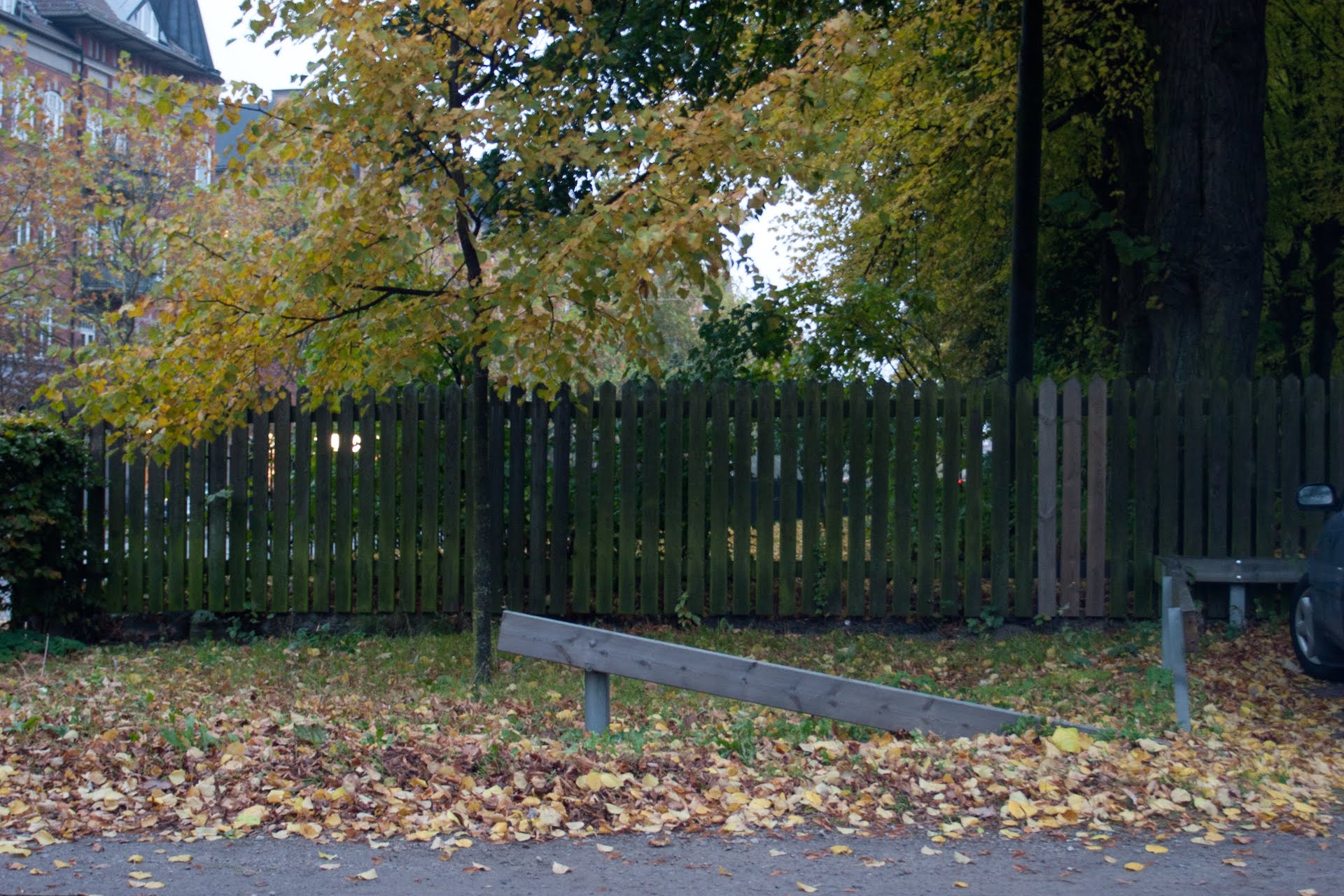 Sketch for maintenance.
Sketch for maintenance.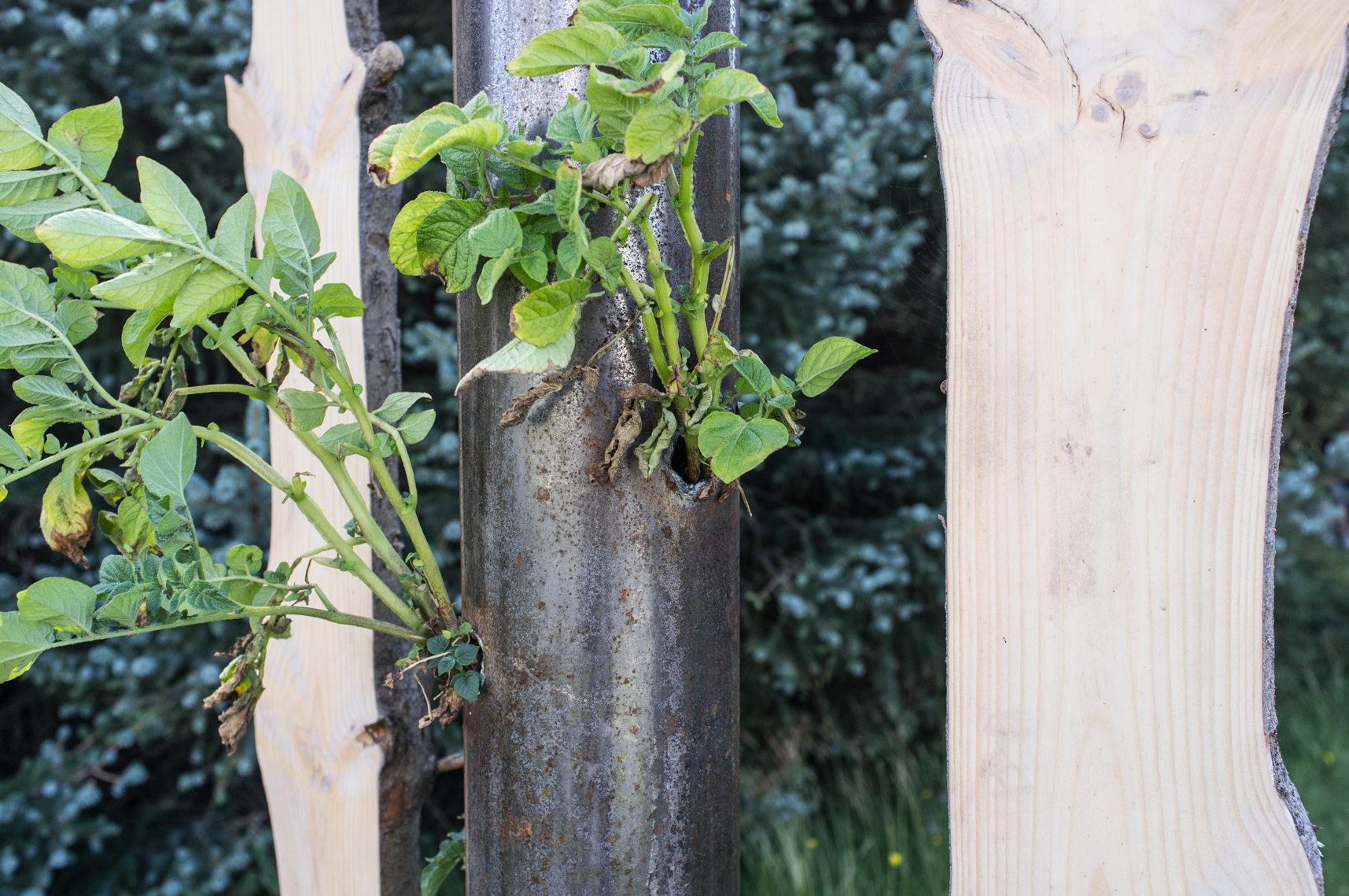 Entrance, 2019, steel, pine, potatoes.
Entrance, 2019, steel, pine, potatoes.